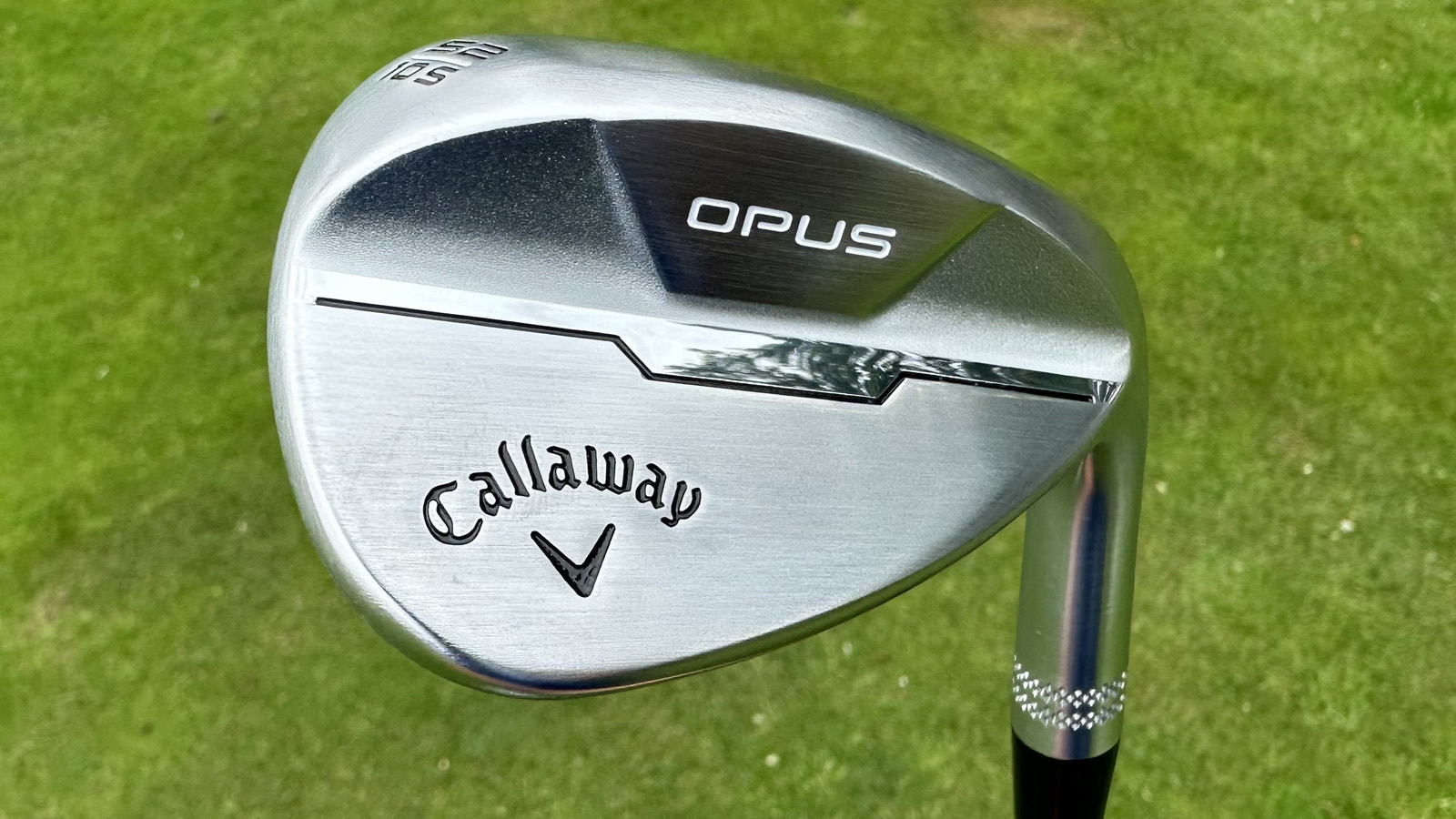
While Titleist Vokey wedges have been regarded as the best wedges on the market for some time now, that could be all about to change following the release of the Callaway Opus wedges. The fresh name and look about these wedges will certainly catch the eye of all wedge enthusiasts, myself included and so as soon as these arrived on my doorstep, it was time to head to the course and put them through their paces to see what performance was on offer.
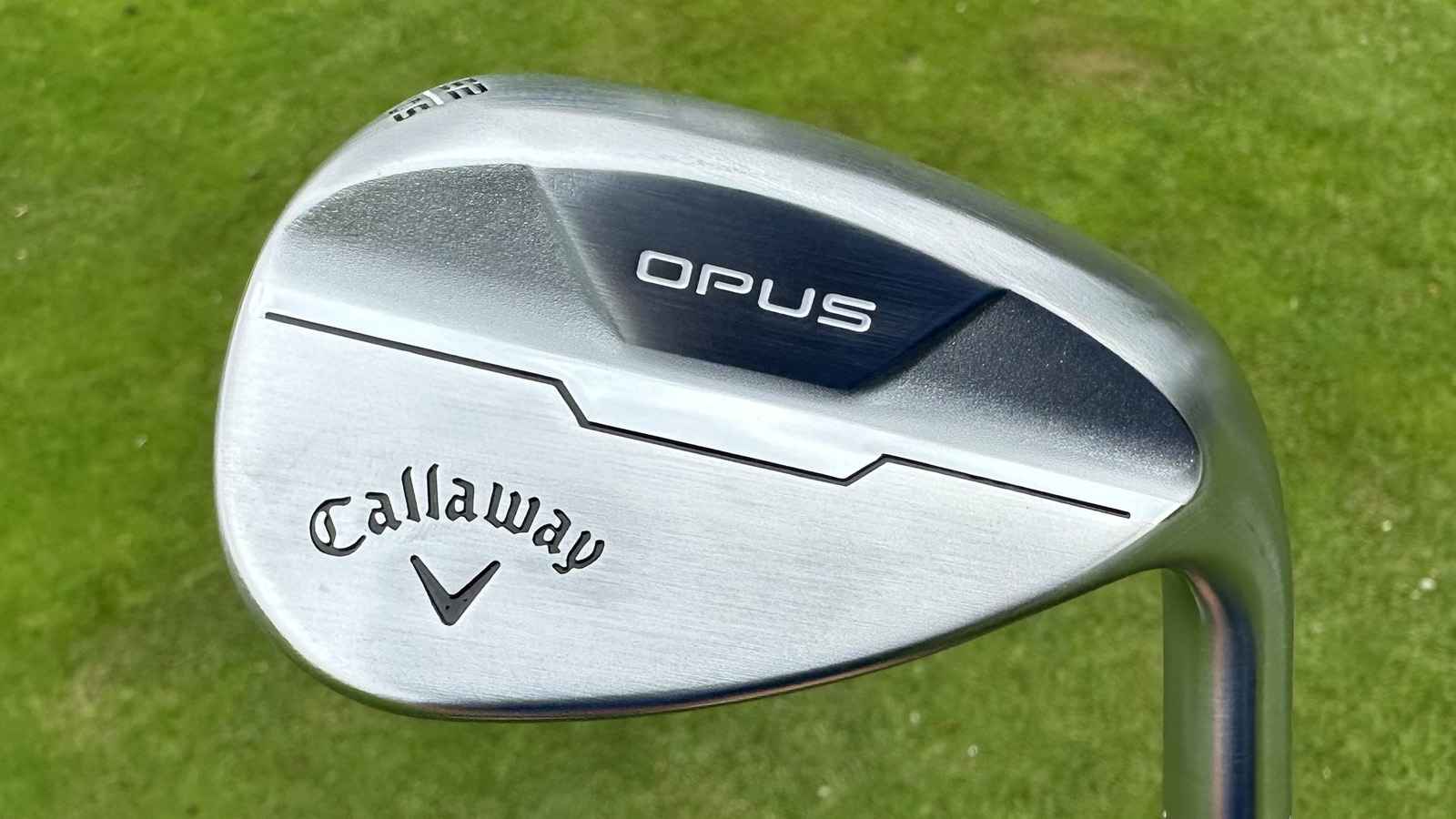
I can’t say I was ever a massive fan of the shaping or the design of the Jaws Raw wedges. I didn’t quite like the head design and I wasn’t such a fan of the tungsten weight ports on the back of the head, so to see Callaway revert back to a more classic looking bladed wedge with Opus is something I applaud. The Opus wedges look extremely premium and are available in both a chrome and black finish for those who want something a little different.
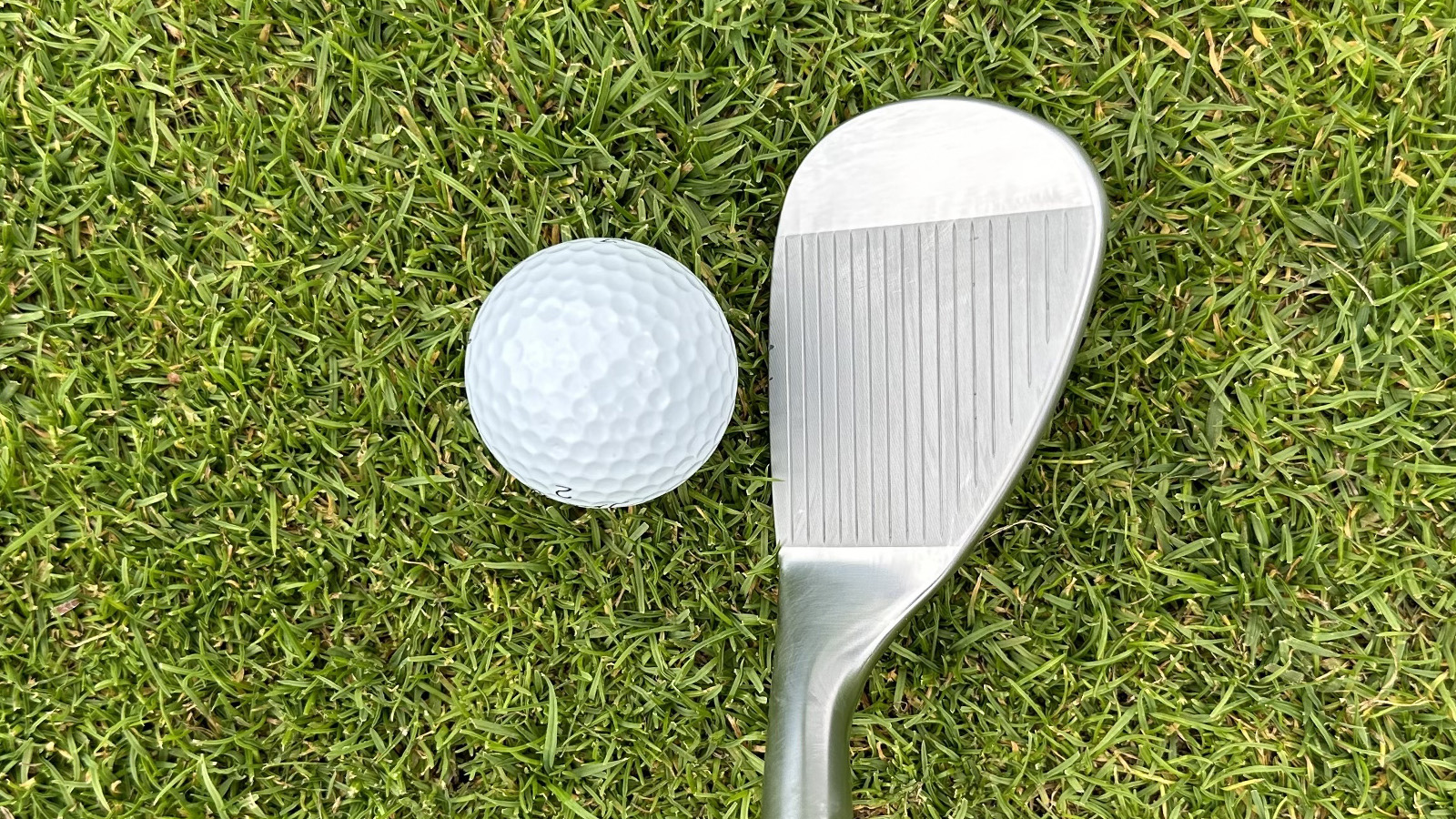
These wedges are what the brand is calling the most tour-validated wedges in Callaway’s history. Everything about the shape of these wedges has been designed based on tour-player feedback and so the shape of these wedges is one that I think better and more confident golfers will love. The higher toe peak and radius on the leading edge are just a few of the changes made over recently released wedges by Callaway. For those seeking a more drastic change in ball flight, the Opus Platinum wedges offered a much more piercing ball flight but still with extreme stopping power, however these do come in at a slightly higher price point of $229/£229 compared to the $179/£179 of the standard Opus offering.
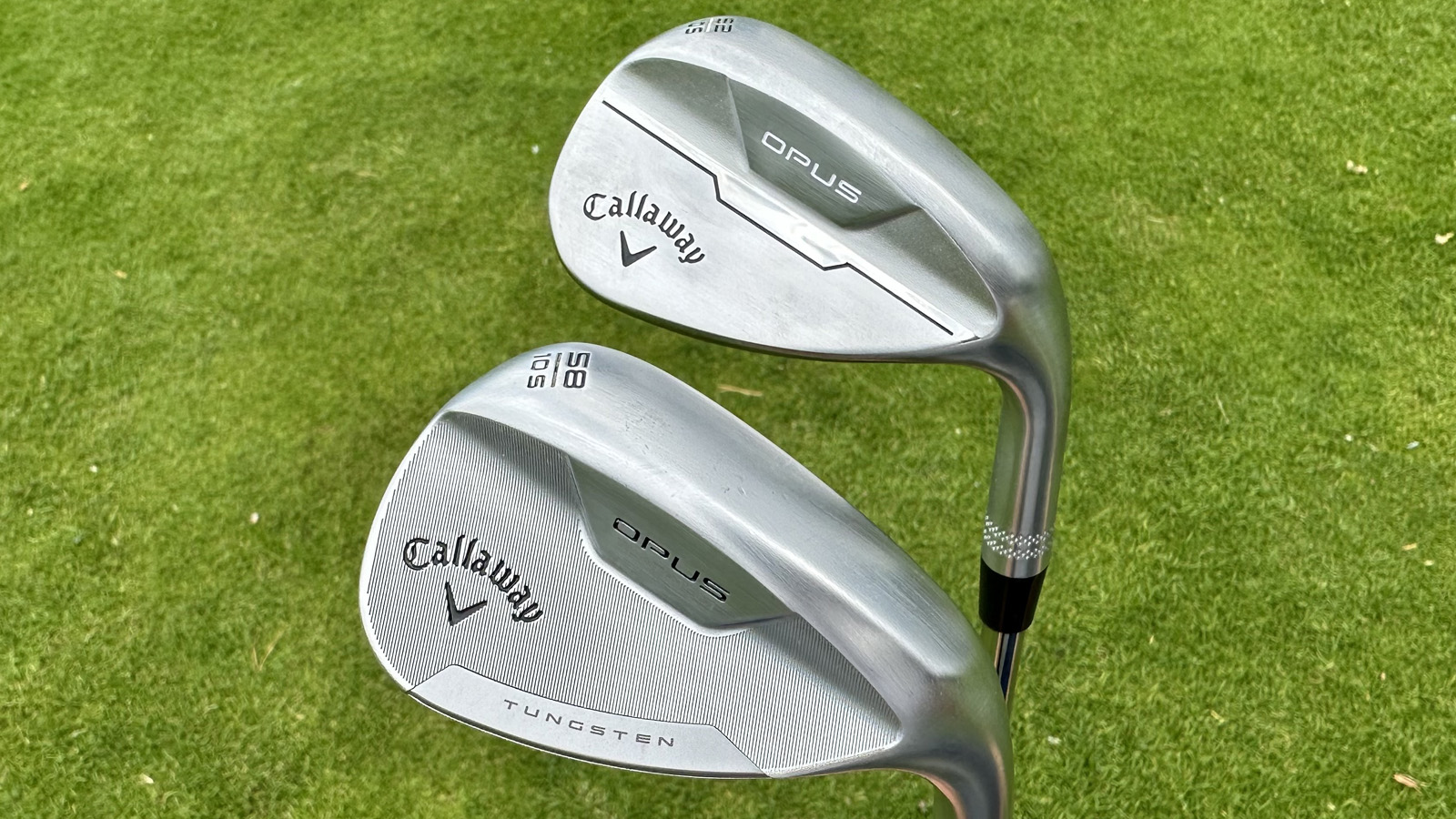
While it’s imperative you like the look of a wedge at address, ultimately, it has to perform to a certain standard to earn a place in your bag. Callaway has introduced Spin Gen Face Technology to its Opus wedges - a combination of three factors to enhance spin and control. There are two extra grooves on the face of Opus wedges compared to previous Callaway designs, which reduced the smooth surface area. This is something that isn’t overly noticeable to the eye but the grooves do look slightly more compact on the face, similar to that of the Ping S159 wedges. Diagonal grooves run across the face between the main grooves for more friction when looking to cut across the ball and an aggressive face blast has been used for extra bite on shorter chip and pitch shots.
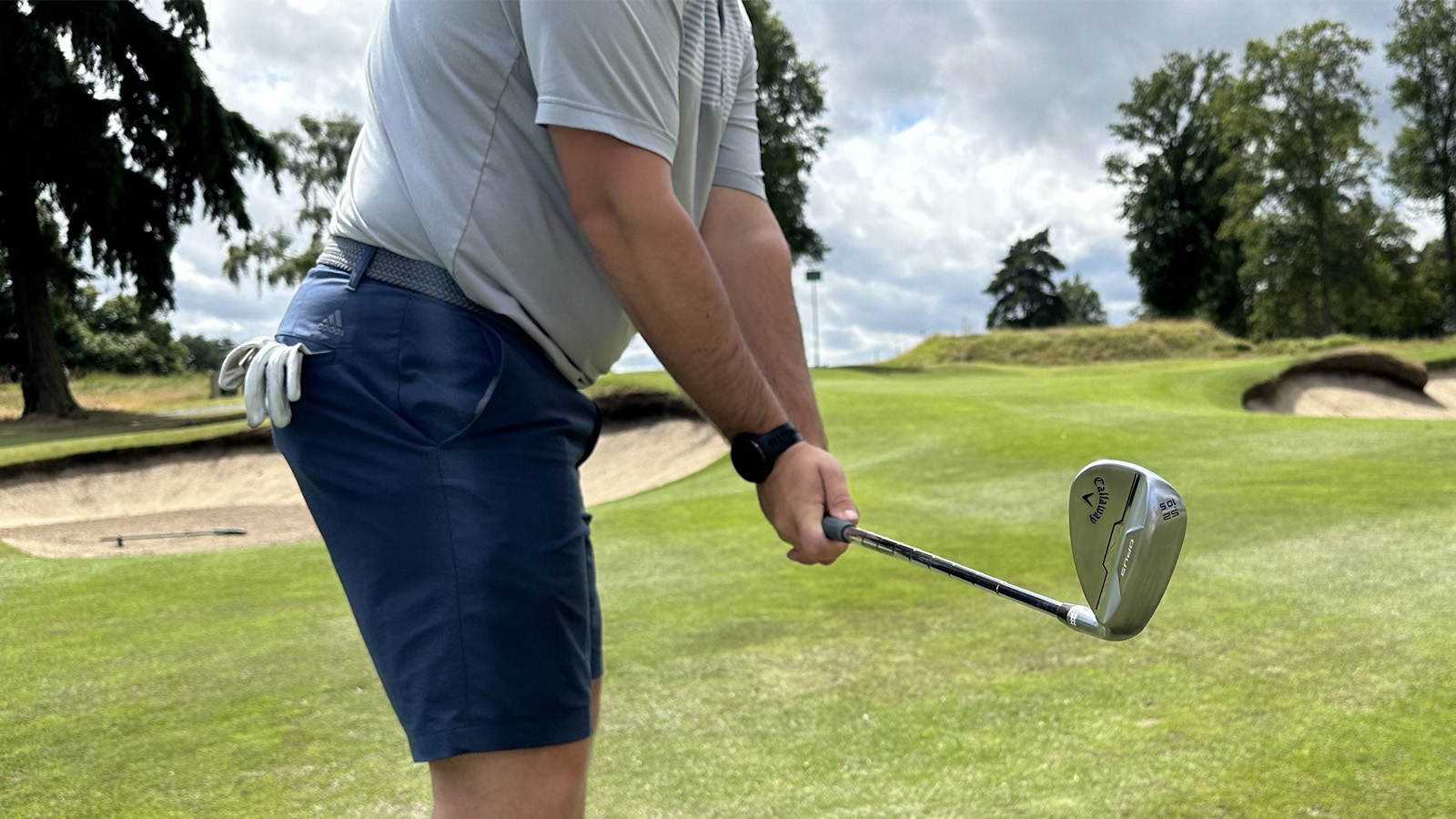
Interestingly, I wouldn’t say I noticed a tremendous difference between the Opus and my current gamer gap wedge, the PXG Sugar Daddy II, when playing from the fairway and green surrounds but the Opus produced outstanding levels of spin when coming from the rough. I saw my ball check up a lot more than I expected when hitting shots from thick, buried lies and the Opus gave me confidence to still play aggressively around the greens when I normally wouldn’t.
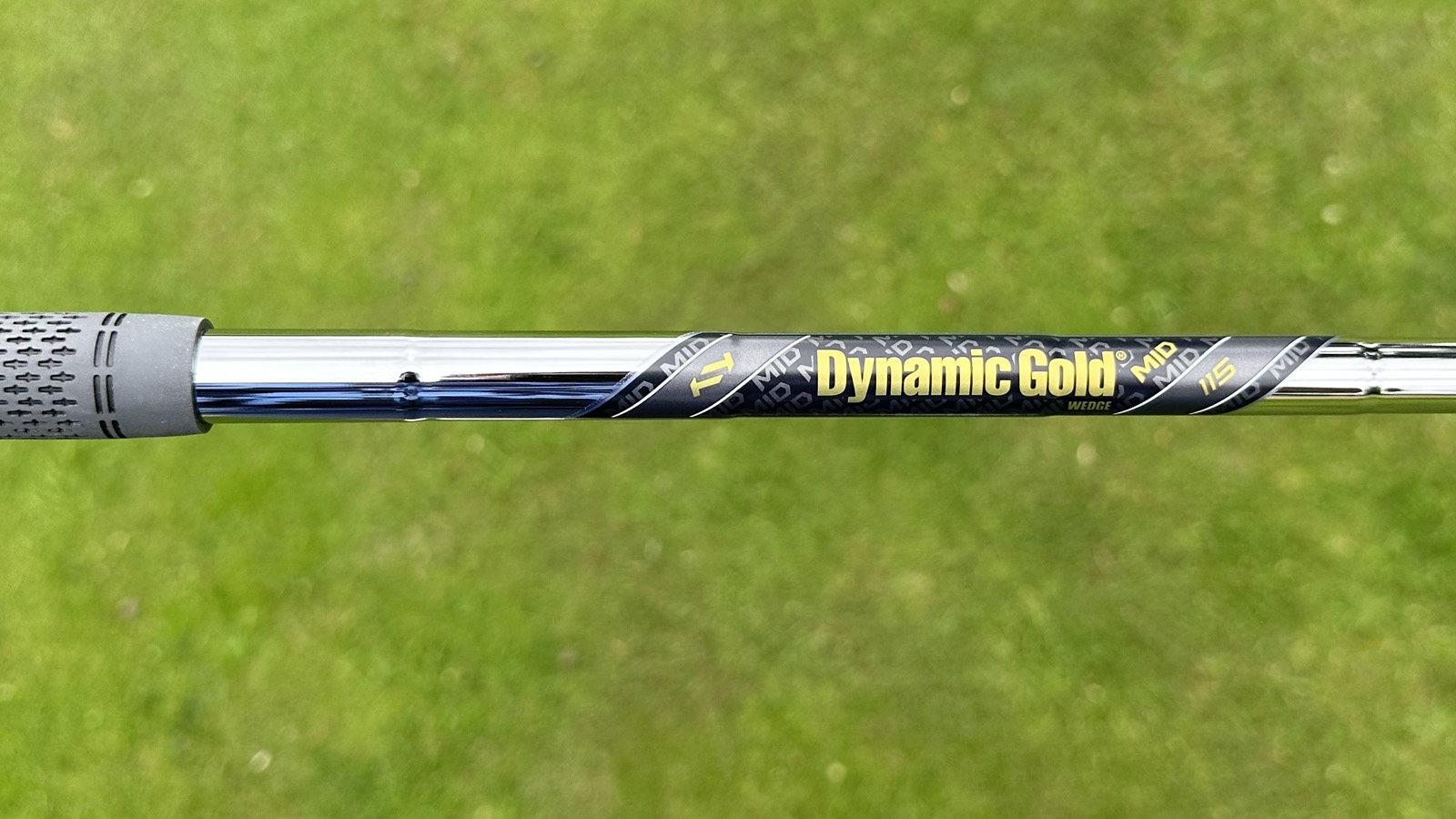
With four grind options available, golfers are likely to find a loft and bounce combination that will suit their game with the Callaway Opus wedges. While I opted for the S grind, otherwise regarded as the situation grind, because of its ability to help you in any situation, there is the W grind, for performance similar to that of the most forgiving wedges, the C grind for maximum versatility and the new T grind, inspired by tour players for precise shot making.
The combination of aesthetics and performance make the Opus home run from Callaway and after the release date (6th September, 2024) they may well find a place in my bag.







